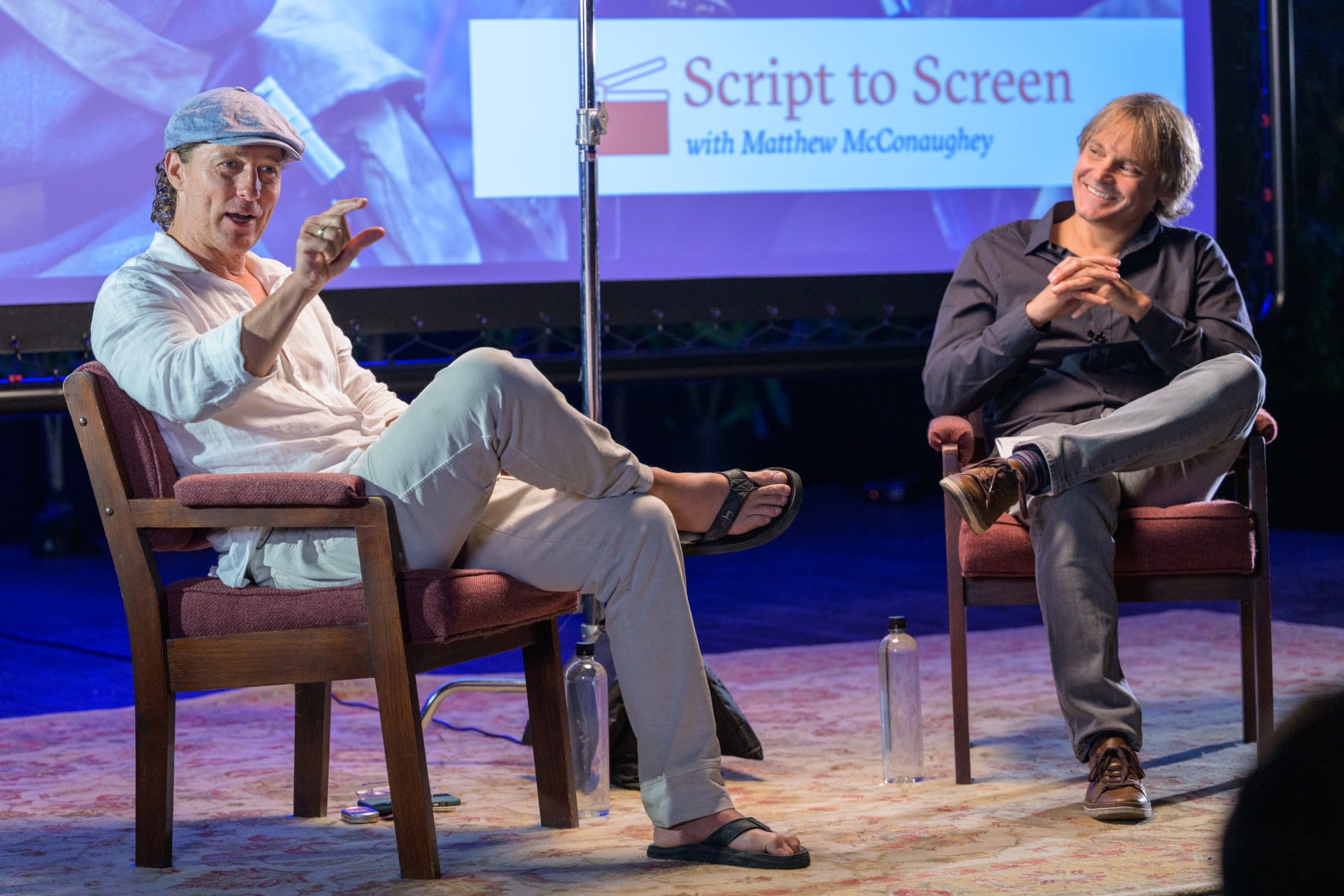Moody College moves UT’s famous science lecture to the big screen
Moody College moves UT’s famous science lecture to the big screen
Documentary series co-created with the Jackson School brings faculty research to a wider audience
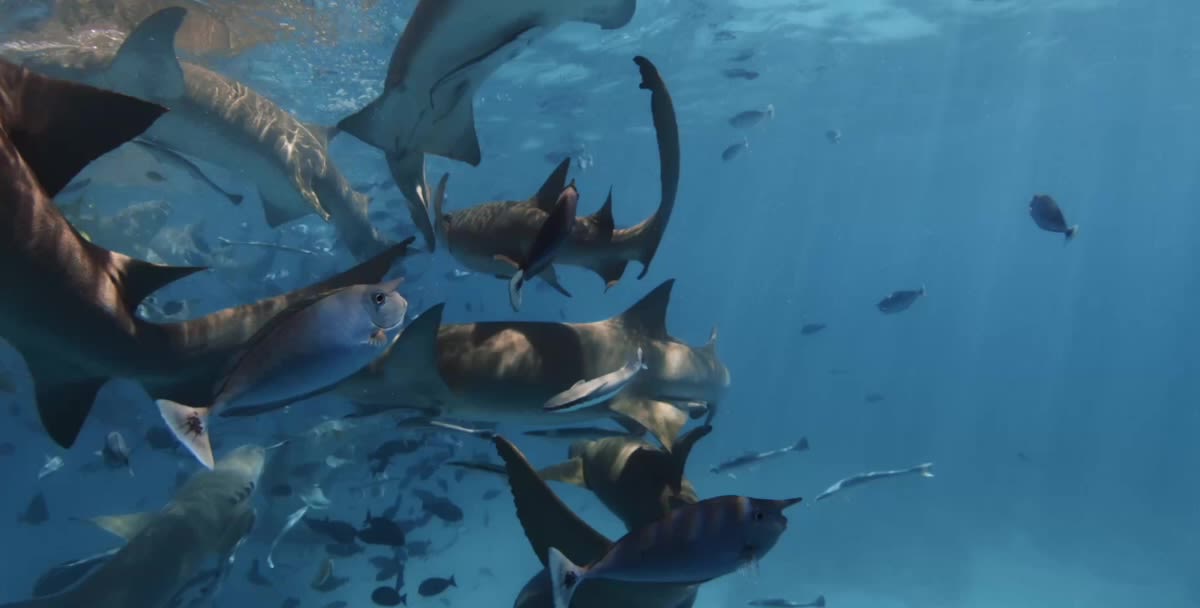
For 20 years, University of Texas at Austin Jackson School of Geosciences professor Jay Banner has hosted a lecture series called Hot Science – Cool Talks on campus that, on a Friday night, competes with hundreds of other events across Austin, and still draws huge crowds.
People line up to hear UT Austin researchers talk for an hour about groundbreaking research into some of the most pressing topics, from climate change to food insecurity to Amazonian monkeys and more.
But for nearly two decades the enthusiasm would stop and end there, in that single hour in the auditorium. Banner had always hoped to somehow reach more people.
In 2017, then-Moody College of Communication dean, Jay Bernhardt, connected him with Radio-Television-Film associate professor of practice Scott Rice, with the hope he could help take the lectures out of the auditorium and onto the screen.
“We were doing great locally, but we were not reaching nearly a fraction of the audience we wanted to,” Banner said. “We were posting our talks online, and we thought we’d get everyone across the globe to watch this content, but people weren’t.”
When he met Emmy-award winning filmmaker Scott Rice, Banner knew it was a perfect match. Rice had a passion for science, and the two shared the same vision, to make a documentary series that was visual, well-produced and compelling.
Scott Rice co-teaches popular Script to Screen course, with lecturer and actor Matthew McConaughey. Photo by Charles Ramirez-Berg
Scott Rice co-teaches popular Script to Screen course, with lecturer and actor Matthew McConaughey. Photo by Charles Ramirez-Berg
Rice employed students in his popular Script to Screen course, which he co-teaches with lecturer and actor Matthew McConaughey, to help create the series. Known as Hot Science TV, it condenses the research into an 8-minute episode with imagery, B-roll and animation to draw viewers in. Episodes have focused on sharks, space pollution, life on Mars and more.
“We try not to get so in the weeds that the audience tunes out,” Rice said. “We focus on the groundbreaking stuff, the stuff that will change the world and make life better, the things that are really inspiring to young people who are interested in science.”
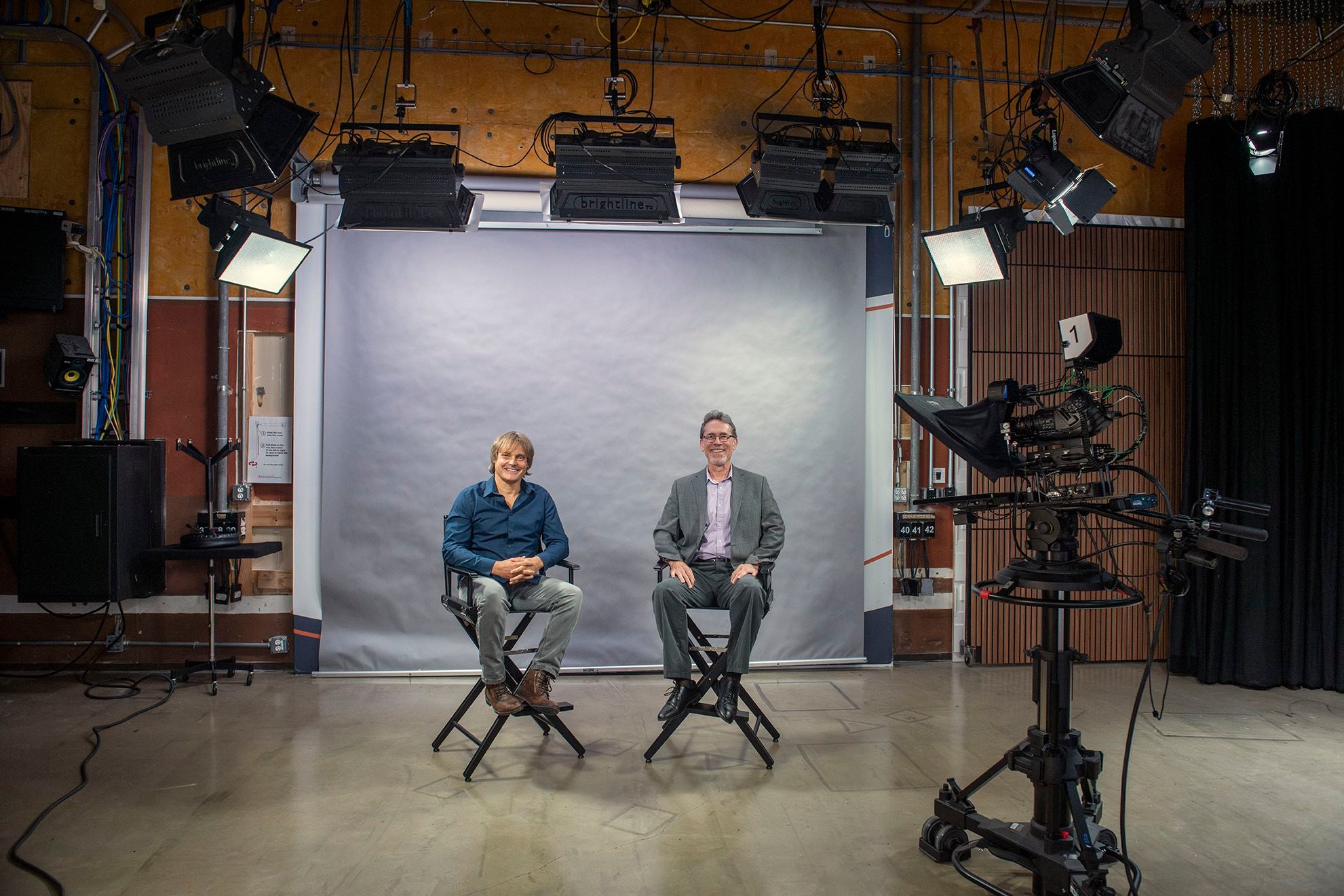
“We try not to get so in the weeds that the audience tunes out. We focus on the groundbreaking stuff, the stuff that will change the world and make life better, the things that are really inspiring to young people who are interested in science.”

In the early days, the students were the entire production team.
“They got the series up and running because we had zero budget,” Rice said. “I went to Script to Screen, and I asked if anyone was interested in getting a cool science show off the ground, and a lot of people volunteered. It became sort of this class project. We did the first three episodes that way. Then we started to raise some money and supplement our crew by hiring professionals, mostly recent graduates, people who had taken the class.”
Today, a number of students on the production team are Moody alums, including Devin Fortenberry, who started working on the show while he was at UT and now serves as the series’ main editor.
“When I started digging into these interviews with scientists, I became really interested in this side of UT students don’t see,” Fortenberry said. “Professors don’t just teach, they are working on their own things, and they do have an impact in the world.”
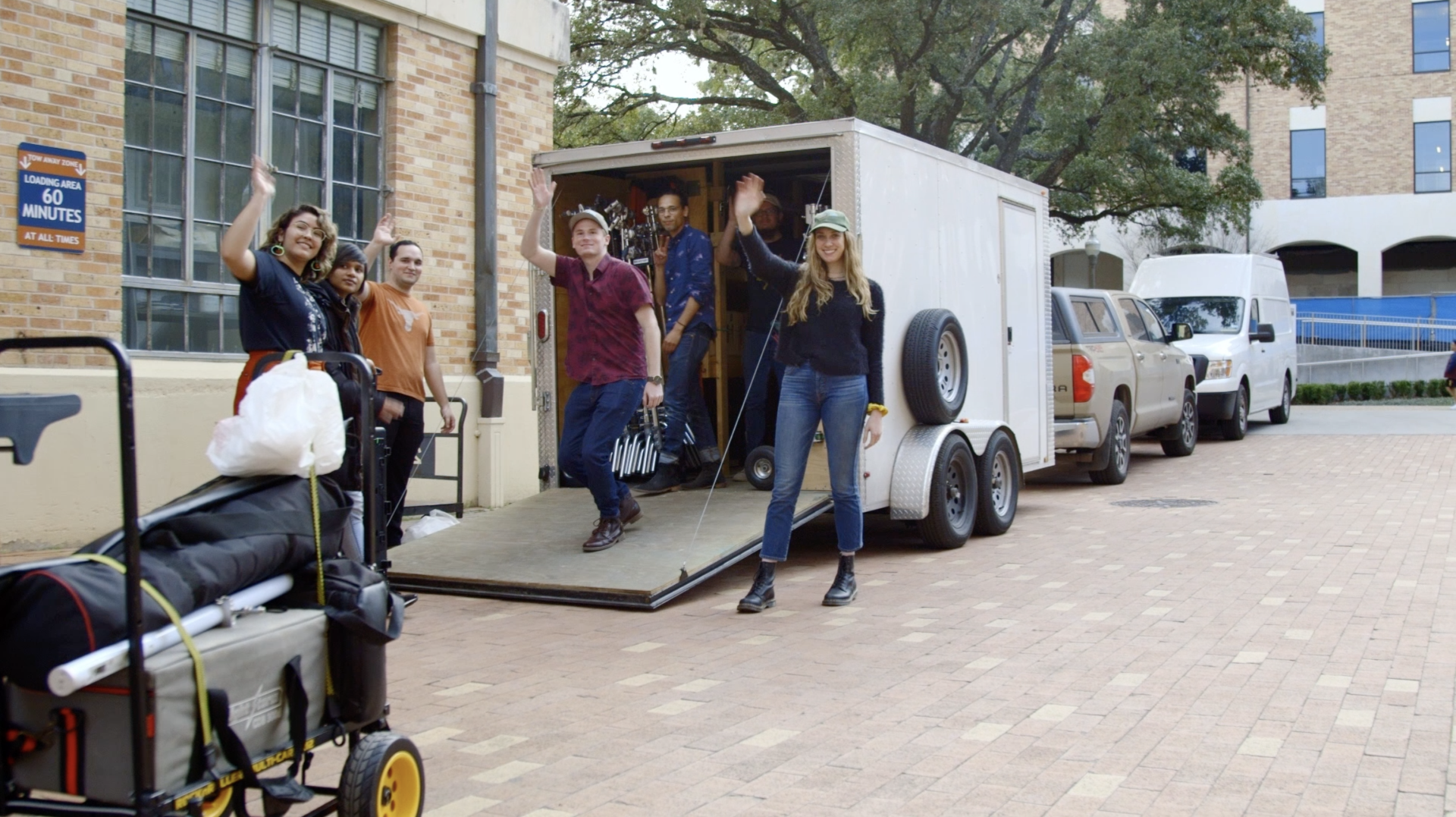
To produce the show, the team conducts its own interviews before the lecture to get a broader understanding of the work. They choose an interesting location and then go into the research lab or in the field. They capture important sound bites, then shoot B roll, along with video of kids engaging in STEM activities before each lecture. Today, that’s an important part of the series, getting young people to come out and participate in a fun way to help them get interested in science.
“In one day of shooting, we have all this awesome content and then supplement it after the fact with animation and stock footage,” Rice said. “We edit it into what we think is a cool episode. In a way, it benefits the project that I’m not a scientist. I’m a filmmaker. I don’t understand the research so I am asking similar questions the audience may have.”
Dr. Moriba Jah, a professor from The University of Texas at Austin, is featured in Hot Science TV. Photo Courtesy of Hot Science TV.
Dr. Moriba Jah, a professor from The University of Texas at Austin, is featured in Hot Science TV. Photo Courtesy of Hot Science TV.
Right now, the episodes are available on the web and shared on social media. Rice hopes one day to get Hot Science TV on PBS to reach more people, extending the episodes to 30 minutes. The station has expressed interest, and the team plans to seek grants from the National Science Foundation to fund it.
"I think science education is very important. We want to save lives. We want to improve our energy consumption, protect the environment, cure cancer,” said Rice, “I think humanity is going to inevitably explore the stars and leave this planet. Imagine what humans will be doing a thousand years from now. Science is a big part of where we are going as a human race. We need to remind young people that what is happening in the sciences is really cool."
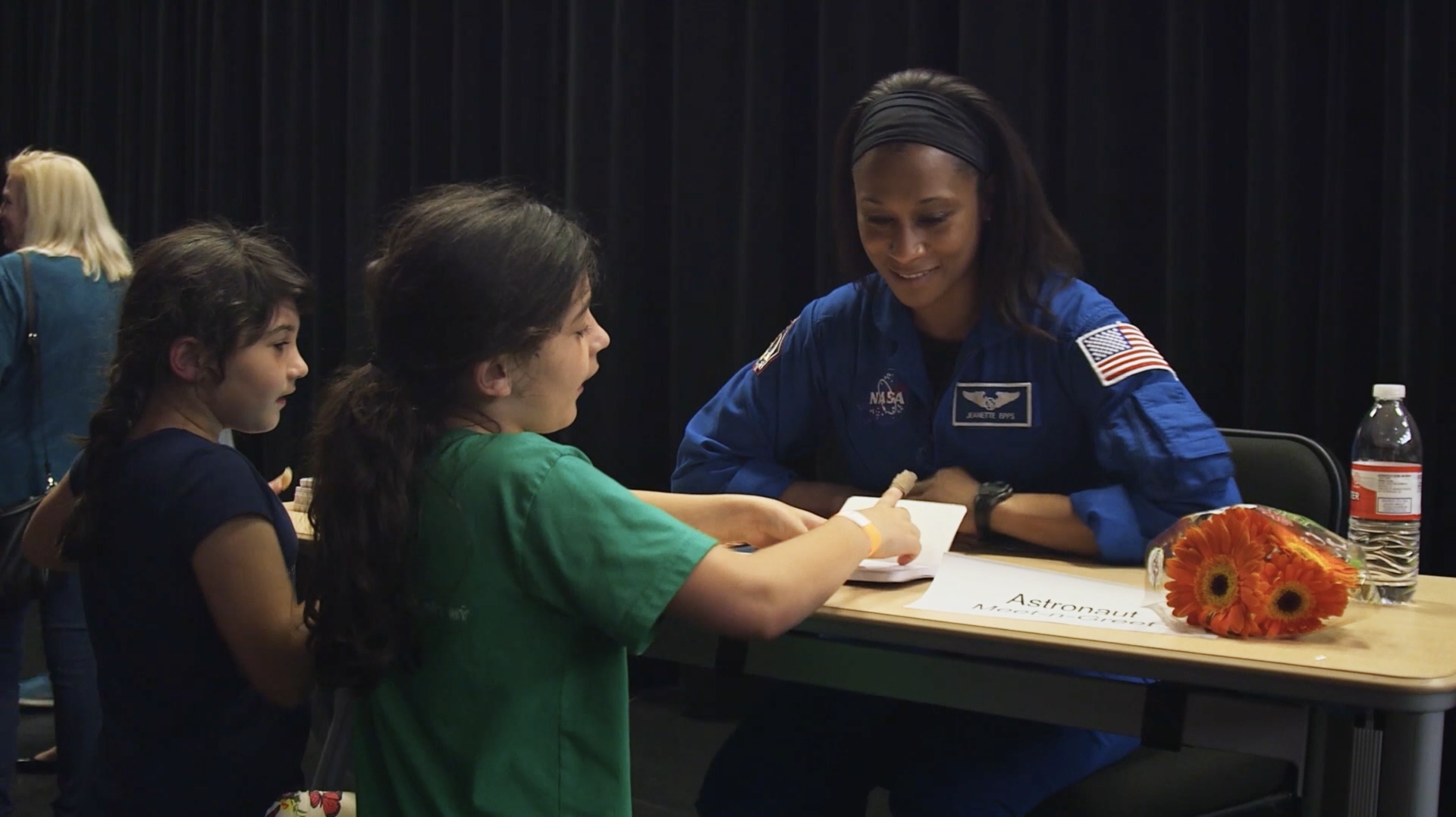
Rice, himself, has been interested in science since he was a young child. His father was a rocket scientist contracted by NASA to develop the Vortex rocket engines. After he died, Rice knew he wanted to contribute in some way to his father’s legacy.
“This work is important for me on a personal level,” he said.
Rice believes the best way to reach young people and get them interested in science careers is by connecting scientists with media-makers.
“We need to talk to each other and collaborate because we are stronger together,” Rice said. “There is no way this interesting, cool show would exist without scientists talking to artists, without the Jackson school talking to Moody College. I think that’s really awesome.”
New episodes of Hot Science – Cool Talks are currently on hold due to funding. Those interested can join the mailing list to learn about upcoming lectures. If you miss one, check out the archives. And be sure to visit the Hot Science TV website to view the documentary.


